Introduction: Maintaining the health and vitality of your trees requires more than just regular pruning and reshaping. While these practices are essential for promoting tree growth and aesthetics, it’s equally important to consider the impact of insects and diseases on your trees. In this blog post, Bury St Edmunds Tree Surgeons explores the relationship between tree reshaping and insect/disease control, emphasising the importance of a holistic approach to tree health.
The Interconnectedness of Tree Health and Shape
Trees are dynamic organisms that respond to their environment, including the presence of insects and diseases. When a tree’s health is compromised, it can affect its growth, structure, and overall appearance. Conversely, a tree’s shape and condition can also influence its susceptibility to pests and diseases.
- Pruning and Reshaping: Regular pruning and reshaping can help maintain a tree’s structural integrity, improve sunlight penetration, and enhance air circulation. These practices also remove dead or diseased branches, reducing the risk of insect infestations or disease spread.
- Stress Reduction: Proper tree reshaping can alleviate stress on a tree caused by imbalanced growth or heavy branches. A stressed tree is more vulnerable to pests and diseases, making stress reduction through reshaping an important preventative measure.
- Aesthetic Considerations: Reshaping can also serve aesthetic purposes by maintaining a tree’s natural form and enhancing its overall appearance. A visually appealing tree often indicates better overall health.
Insect and Disease Control through Tree Reshaping
- Pruning Diseased Branches: Tree reshaping provides an opportunity to promptly identify and remove diseased branches. Pruning cuts should be made below the affected area, preventing further spread of the disease.
- Improved Air Circulation: Proper reshaping can open up the tree’s canopy, allowing better air circulation and reducing the conditions favouring fungal diseases.
- Sunlight Exposure: Trimming branches to allow more sunlight penetration can create an environment less favourable for some pests and pathogens, as many thrive in shaded areas.
- Encouraging Vigorous Growth: Tree reshaping techniques, such as crown reduction, can redirect the tree’s energy towards healthy growth, helping it withstand disease pressure.
- Inspection Opportunity: During reshaping, professionals can thoroughly inspect the tree for signs of insect infestations, early disease symptoms, or other issues that may require intervention.
The Role of Preventative Measures
In addition to tree reshaping, preventative measures are crucial for controlling insects and diseases:
- Regular Inspection: Schedule regular tree inspections by certified arborists to identify potential problems early.
- Soil Health: Ensure proper soil nutrition and moisture levels to promote tree vitality.
- Pruning Schedule: Follow a consistent pruning schedule that includes the removal of dead or weakened branches.
- Pest Monitoring: Keep an eye on common tree pests in your area and take appropriate action if an infestation is suspected.
Conclusion: Tree reshaping is about aesthetics and structure and plays a vital role in insect and disease control. A holistic approach to tree health, combining regular reshaping with preventative measures and professional inspections, is essential for maintaining the well-being and beauty of your trees. By embracing this comprehensive approach, you can enjoy the benefits of thriving trees that enhance your landscape and provide years of enjoyment.
Call us on: 01284 339 498
Click here to find out more about Bury St Edmunds Tree Surgeons
Click here to complete our contact form and see how we can help with your tree’s needs.

